A baby changing pad is an indispensable tool for caregivers, offering a safe, plush, and hygienic surface for diaper changes. Its versatility is evident as it provides a mobile option for keeping an infant's hygiene at the forefront in a variety of settings.
Types and Characteristics of Baby Changing Pads
An array of baby changing pad styles is available on the market, each tailored with unique features to suit different needs. Portable changing pads are compact, foldable, and typically accompanied by a carry case, ideal for travel. Contoured pads boast elevated borders to securely nestle the infant during changes. Disposable pads offer the convenience of single-use, negating the need for laundering. Waterproof pads are crafted for effortless cleaning and resilience against spills. Some pads incorporate extra cushioning for added comfort or come with integrated toys to occupy the baby. This assortment ensures that parents can find a suitable changing pad for use at home, while traveling, or in public spaces.
Structure and Operation of Baby Changing Pads
The architecture of a baby changing pad is thoughtfully engineered to streamline the diaper changing routine. A typical pad may include a cushioned layer filled with foam or fibers for comfort, with contoured pads featuring protective raised sides to prevent the infant from rolling away. Waterproofing is often achieved with PVC or PEVA, materials that are both non-toxic and simple to sanitize. Some pads offer added amenities like head-supporting pillows or compartments to keep wipes warm. Utilizing these pads is a breeze: simply unfold the pad, place the baby down, and employ the safety straps to secure both the pad and the infant. Once the task is complete, the pad can be easily folded, sometimes single-handedly, and transported or attached to a stroller via built-in straps.
Materials and Properties of Baby Changing Pads
The selection of materials for baby changing pads is paramount, influencing the product's longevity, safety, and comfort. Durable fabrics such as polyester and Oxford cloth are preferred for their maintenance ease. Natural fibers like cotton and bamboo offer a gentle touch and breathability, crucial for preventing skin irritation. Many pads are also lined with sustainable, waterproof materials that act as a moisture barrier and facilitate effortless cleaning. These materials are meticulously chosen to be devoid of harmful substances and allergens, ensuring the infant's well-being while also being mindful of environmental considerations.
Business Usages and Applications of Baby Changing Pads
Within the commercial sphere, baby changing pads are utilized across diverse settings. The hospitality sector, including hotels and resorts, outfits their premises with premium changing pads to cater to guests with young children, thereby bolstering their family-friendly image. Retail establishments, especially in family restrooms, install changing pads to provide convenience for shopping parents, which may lead to extended visits and potentially greater expenditure. Childcare facilities and nurseries invest in robust, high-quality changing pads for daily use, ensuring a secure and clean setting for the children they look after. These applications not only foster a welcoming environment for families but also comply with health and safety standards, which are crucial for any business serving young children.
Functions of Baby Changing Pads
The fundamental role of a baby changing pad is to furnish a stable, sanitary, and cozy platform for diaper changes. Contemporary changing pads have evolved to fulfill additional roles. They may be equipped with compartments for storing essentials like diapers, wipes, and ointments, effectively serving as a mobile changing station. Some designs unfold into a more expansive mat, providing extra space for the baby to play and move safely when not being changed. The multifaceted nature of these pads renders them an essential asset for parents seeking to manage diaper changes with ease while accommodating their baby's varied needs.
Features of Baby Changing Pads
Distinct features of baby changing pads distinguish them in a competitive marketplace. Certain pads are crafted with antibacterial surfaces to inhibit germ proliferation. Others feature 'grow with me' adaptability, accommodating the baby's growth from infancy into toddlerhood. These unique attributes not only deliver practical advantages but also assure parents of the product's safety, versatility, and consideration for their child's welfare.
Benefits of Baby Changing Pads
Employing a baby changing pad yields manifold benefits. For parents, it provides a specialized area for diaper changes, a comforting thought when outside the home. The portability of these pads allows for the recreation of this hygienic space anywhere, from a car's backseat to a park bench. For infants, the cushioned and often padded surface of the pad offers solace during changes, potentially easing restlessness. Businesses also gain, as the availability of changing pads can significantly uplift the customer experience, showcasing a dedication to thoughtful service.
How to Use Baby Changing Pads
Proper utilization of a baby changing pad involves a few key steps. First, place the pad on a stable, level surface. If equipped with safety straps, use them to anchor the pad and ensure the baby's safety. Keep all necessary items within arm's reach during the change to avoid leaving the baby unattended. Post-use, clean the pad as per the manufacturer's guidelines to maintain its hygiene for subsequent changes.
How to Choose the Right Baby Changing Pad
Choosing the right baby changing pad entails evaluating personal needs and preferences. Consider the pad's size and how it will fit within the changing area or diaper bag. Factor in the ease of cleaning—whether it's suitable for a quick wipe or requires machine washing. The presence of additional features like storage pockets, safety straps, and waterproofing should also be considered, depending on the parent's lifestyle and the baby's requirements.
How to Clean and Maintain Baby Changing Pads
Upkeep of a baby changing pad is simple yet crucial. For waterproof models, a swift wipe with a gentle disinfectant or soap after each use is adequate. Pads with fabric covers may need more intensive care, such as machine washing or spot cleaning, depending on the mess. Regular maintenance not only prolongs the pad's lifespan but also ensures it remains a hygienic and secure spot for the baby.
Target Audience and Meeting Needs with Baby Changing Pads
The target demographic for baby changing pads is wide-ranging, including new parents, grandparents, and childcare professionals. The design of each changing pad reflects the diverse requirements and preferences of these users, from travel-friendly portability to the resilience needed for frequent nursery use. By grasping the challenges and needs of this varied audience, manufacturers can tailor their offerings to better serve the caregivers and the infants in their charge.
What are the safety features of a baby changing pad?
Safety features of baby changing pads are paramount, encompassing non-slip bases, secure straps, and raised borders to ensure the infant's safety during changes.
How does a baby changing pad cater to the needs of a traveling family?
A travel-friendly baby changing pad is characterized by its light weight, foldability, and ease of cleaning, providing a hygienic changing surface for families on the go.
What should I look for in a baby changing pad for commercial use?
For commercial applications, a durable baby changing pad should be easy to sanitize, highly absorbent, and constructed from sustainable materials to withstand frequent usage.
Alibaba.com presents an extensive array of baby changing pads, each crafted to meet the distinct needs of caregivers and businesses, ensuring safety, convenience, and comfort for the youngest of customers.

















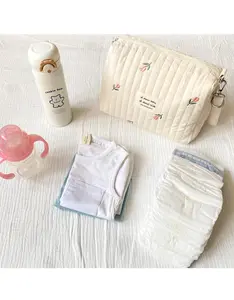
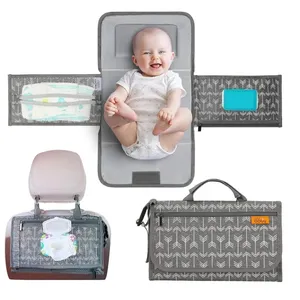

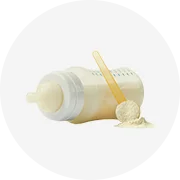

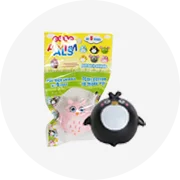
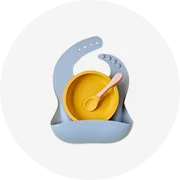
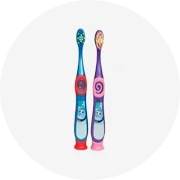
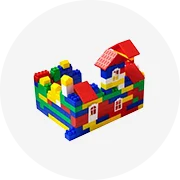
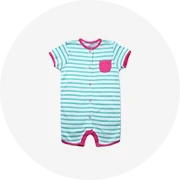
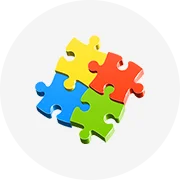
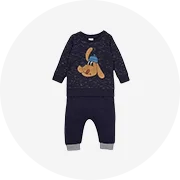
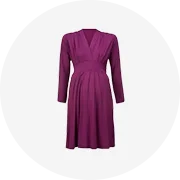
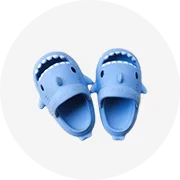
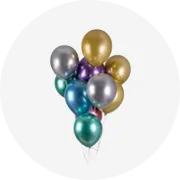
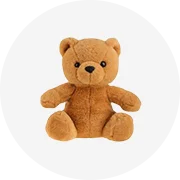
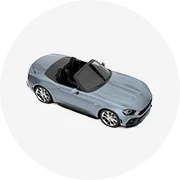
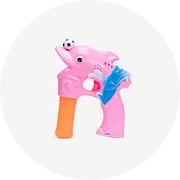








 浙公网安备 33010002000092号
浙公网安备 33010002000092号 浙B2-20120091-4
浙B2-20120091-4